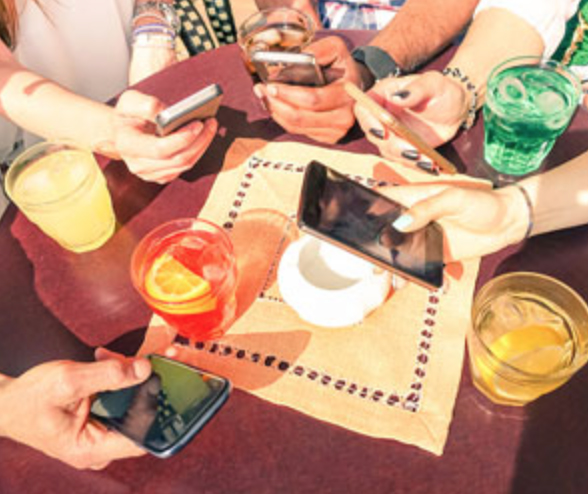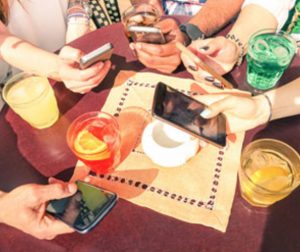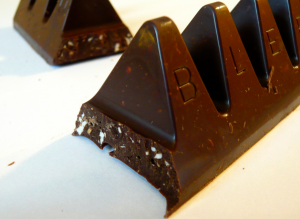
Teenagers find social media “likes” better than chocolates


Researchers from the University of California – Los Angeles, revealed after a study observed activation in the brain’s reward regions when teenagers saw their photos with a large number of likes.
The same brain circuits that are activated by eating chocolate and winning money are activated when teenagers see large numbers of “likes” on their own photos or the photos of peers in the social network according to new research.
Thirty two teenagers aged 13-18, were told they were participating in a small social network similar to the popular photo-sharing app, Instagram.
In an experiment at UCLA’s Ahmanson-Lovelace Brain Mapping Center, the researchers showed them 148 photographs on a computer screen for 12 minutes, including 40 photos that each teenagers submitted, and analysed their brain activity using functional magnetic resonance imaging or Functional Magnetic Resonance Imaging. Each photo also displayed the number of likes it had supposedly received from other teenage participants – in reality, the number of likes was assigned by the researchers. At the end of the procedure, the participants were told that the researchers decided on the number of likes a photo received.
When the teenagers saw their own photos with a large number of likes, we saw activity across a wide variety of regions in the brain,” said lead author Lauren Sherman.
Nucleus accumbens, the active part of Striatum region was especially active, which is part of the brain’s reward circuitry sensitive to adolescence according to the researchers. The study was published in the Journal of Psychological Science.
In the teenager’s real lives, the influence of their friends is likely to be even more dramatic according to Mirella Dapretto, Professor of psychiatry and bio-behavioral sciences at UCLA’s Semel Institute of Neuroscience and Human Behavior.
“In the study, this was a group of virtual strangers to them, and yet they were still responding to peer influence; their willingness to conform manifested itself both at the brain level and in what they chose to like,” said Dapretto, a senior author of the study. “We should expect the effect would be magnified in real life, when the teens are looking at likes by people who are important to them.”
The teenagers in the study viewed “neutral” photos which included pictures of food and of friends –and risky photos including of cigarettes, alcohol and teenagers wearing provocative clothing.
“For all three types of photographs –neutral, risky and even their own – the teenagers were more likely to click like if more people had liked them than if fewer people liked them,” said Patricia Greenfield, a UCLA distinguished professor of Psychology, director of UCLA’s Children’s Digital Medical Media Centre, Los Angeles.
When teenagers looked at risky photos compared with neutral photos, they had less activations in areas associated with cognitive control and response inhibition, including the brain’s dorsal anterior cingulate cortex, bilateral prefrontal cortices and lateral parietal cortices. These brain regions are involved in decision-making and can inhibit us from engaging in certain activities, or give us the green light to go ahead, Dapretto said.
